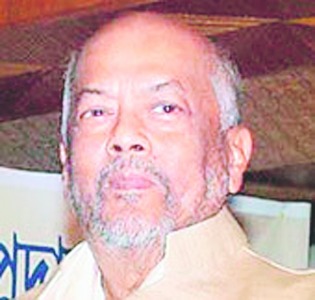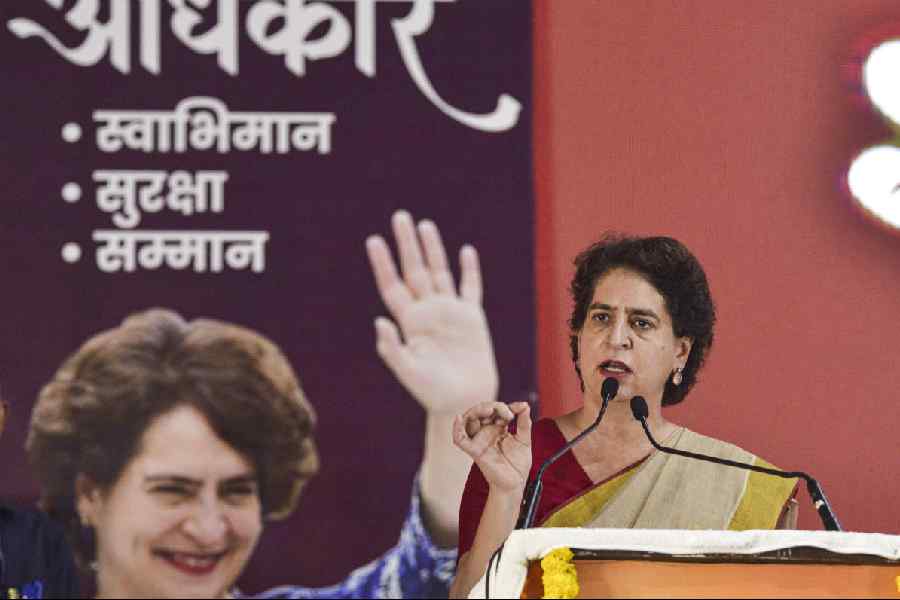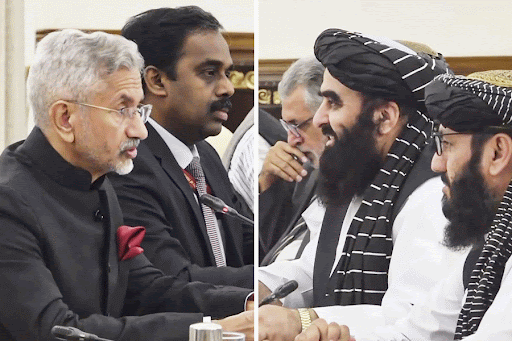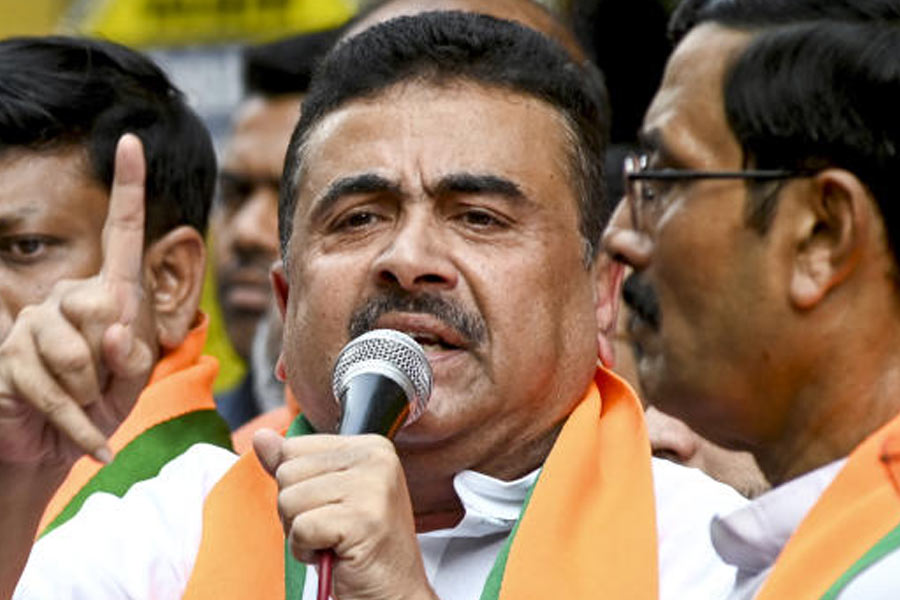
Jorhat, Feb. 2: Dilip Kumar Datta, professor emeritus of Rhode Island University, USA, has eased the definition of rational numbers, which has been widely accepted by the mathematics teachers' fraternity in the US.
His paper, explaining how rational numbers can be defined without confusing students, has been published in the latest edition of the Journal of the Association of Maths Teachers, New York.
Datta, who commutes between Jorhat, his home town, and the US, said that the traditional definition of rational numbers was the source of a problem.
"Maths students all over the world have difficulty in understanding rational and irrational numbers. This difficulty often brings a mental block to the students' mind for learning and enjoying maths. Many college students fall victim to maths anxiety because of their failure to be comfortable with real numbers.
"While teaching maths to students at the Phanidhar Vidyapith here, I came up with an easy and direct definition of rational numbers that the students seemed to understand well enough to grasp and comprehend real numbers," Datta said.
The school was established by Datta in Jorhat and he teaches here every winter.
Datta said the traditional definition of a rational number uses ratios and added that the connection between the word ratio and rational resulted in the definition of rational numbers in terms of ratios.
"If ratios are not clear, the definition is of no comfort to the students. Therefore, we should avoid using ratios and instead define a rational number by #using the unit fractions like 1/1, ½, 1/3 etc.
"A rational number is the product of a unit fraction and an integer. If A is an integer and B is a natural number, then AX1/B is a rational number. We write this number as A/B and call A the numerator and B the denominator. Since 0 is not a natural number B is not equal to 0," he explained.
Datta said that avoiding the concept of ratios gives a numerical value for the rational number because it is based on unit fractions and that it leads to a simple method of determining the decimal expression for a rational number.
Citing an example he said that to find the decimal value of 3/7, one simply has to find the decimal value of 1/7 and then multiply by 3.
Datta said, "One can say that the rational number is the ratio of its numerator to its denominator. People would find it easy to say that a rational number is the ratio of two integers."
Datta said he had to thank his former student, Andrea Pisani, who was at present the mathematics and science coordinator of achievements initiatives at the Washtenaw Intermediate School in Ann Arbor, Michigan.
An alumni of Assam Engineering College and Calgary University, Canada, Datta retired from Rhode Island University in 2006. He has written several books in mathematics, including Concept of Geometry and Maths Education at its Best: The Potsdam model, drawing attention to the universal problem of teaching mathematics.










